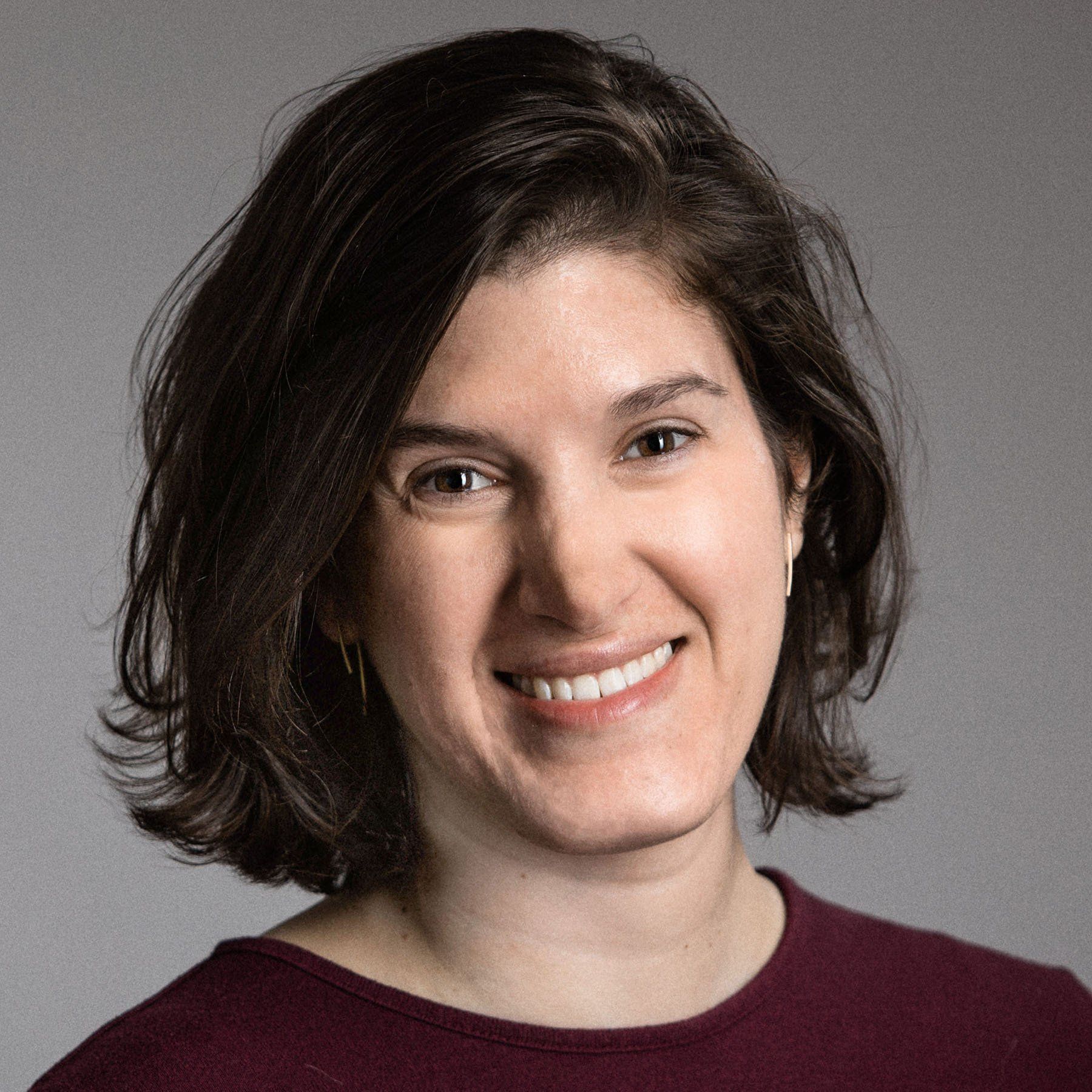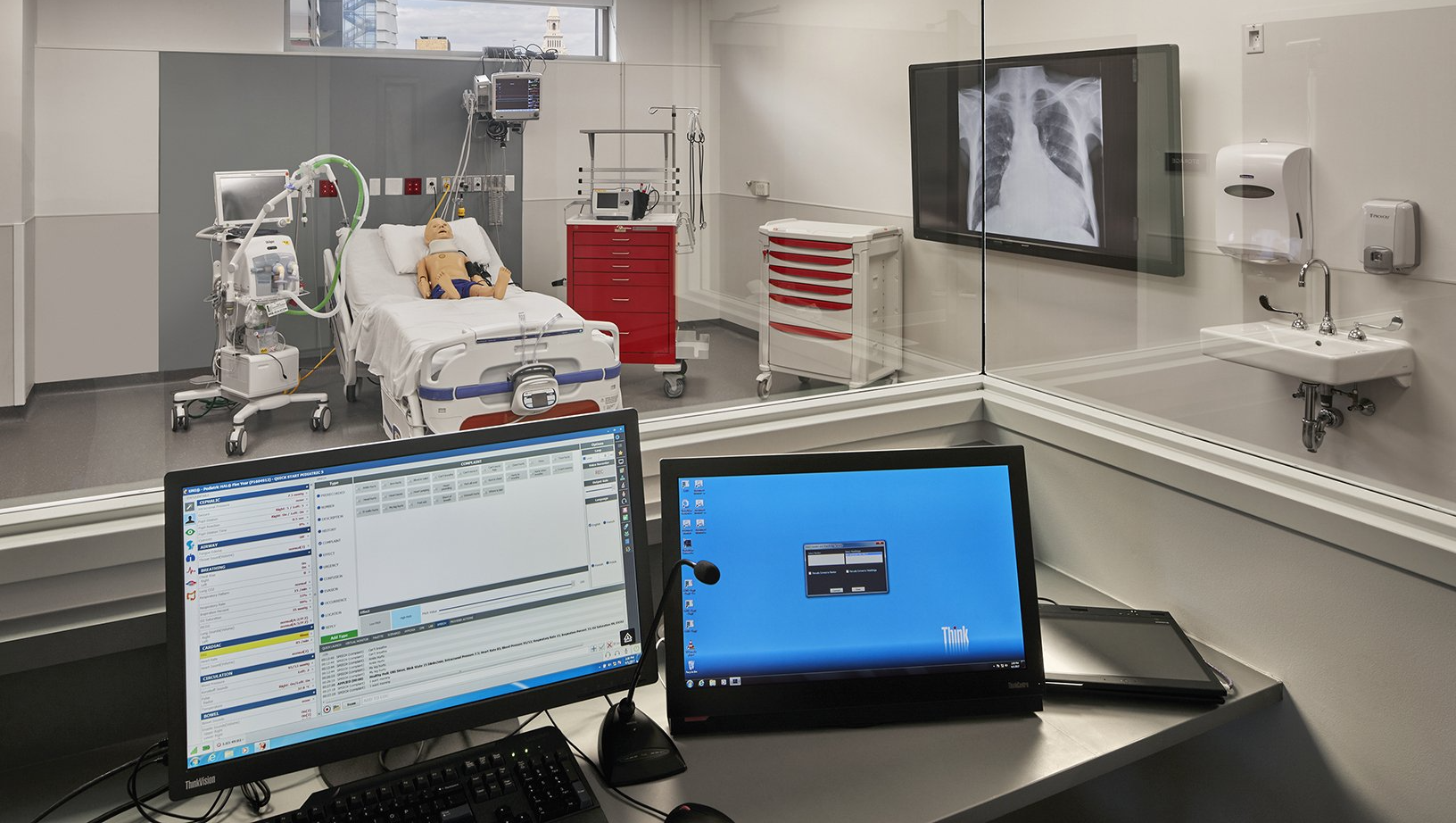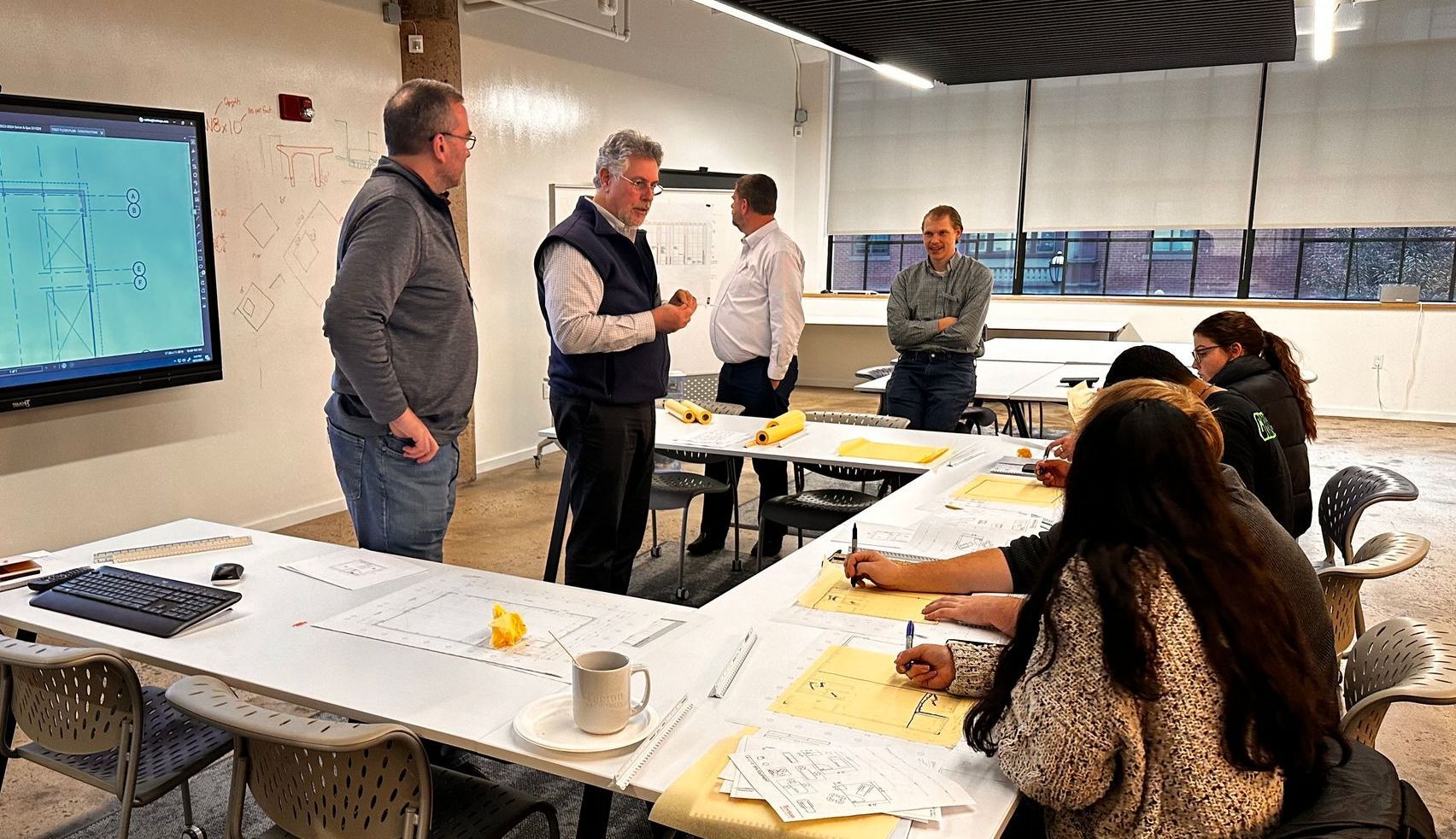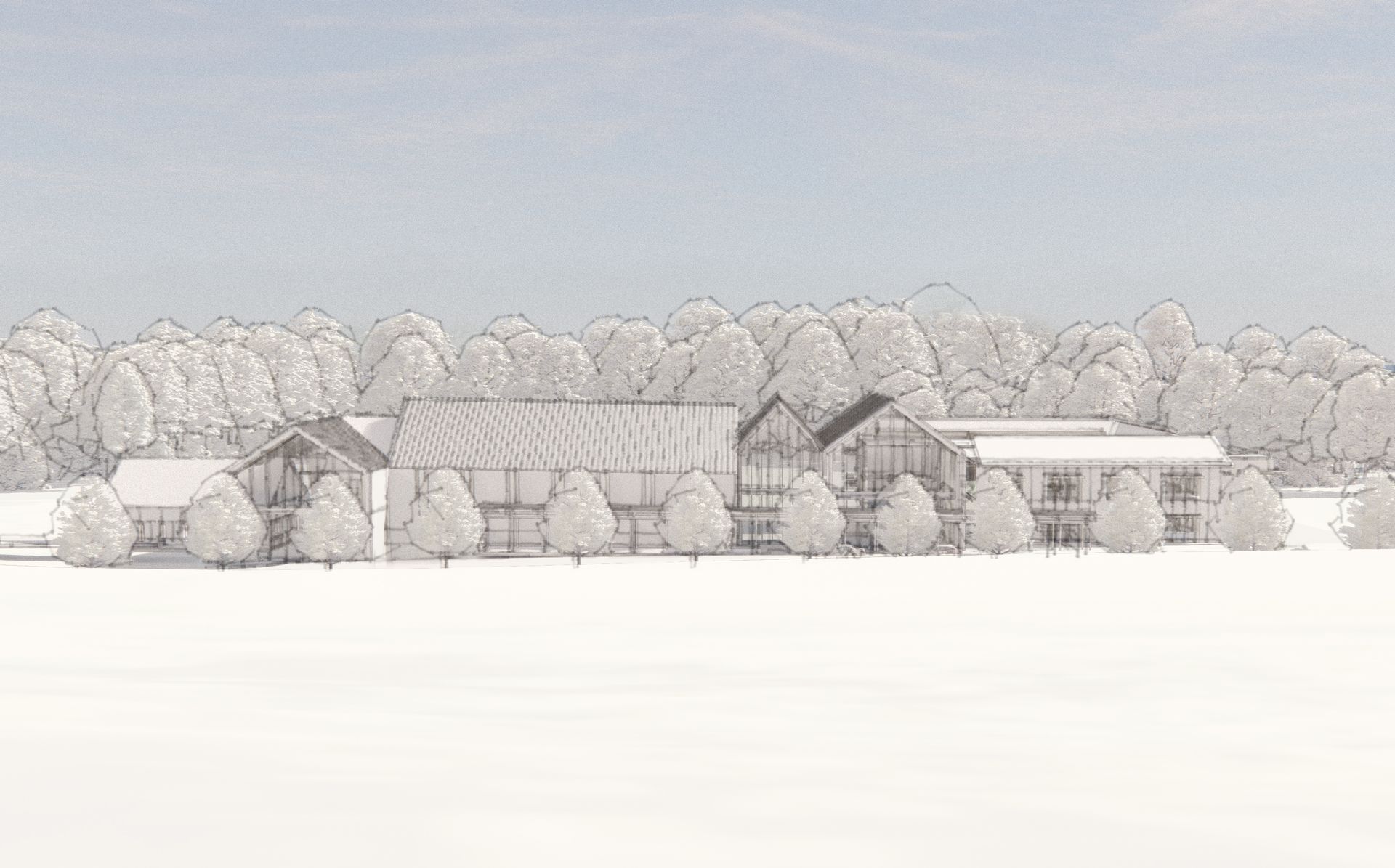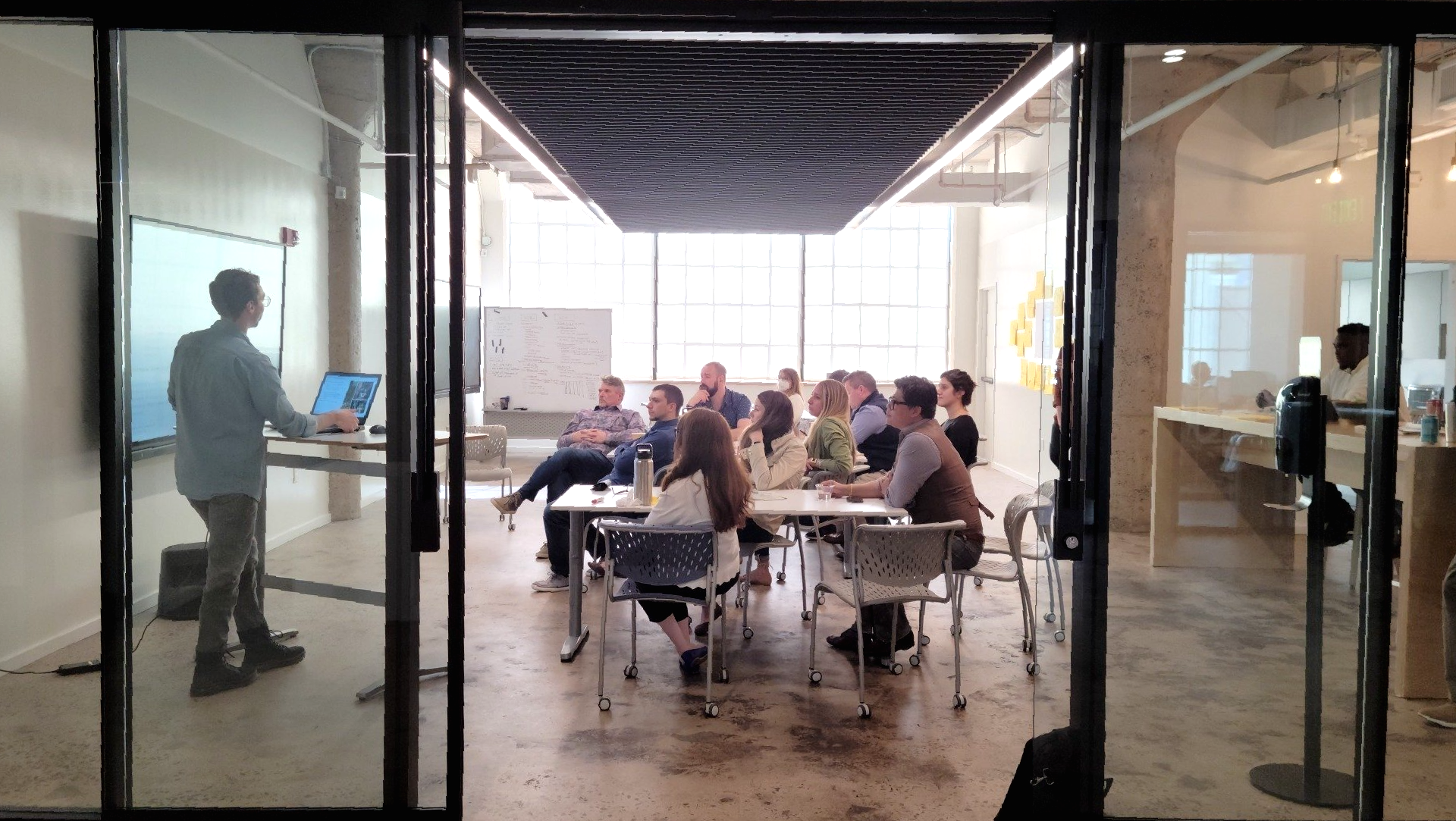The roles of technology, LEAN and evidence-based design
Technological advancements continue to shape our future, a fact that is especially true of the healthcare sector. On its own, technology certainly brings innovation to healthcare, but when paired with a Lean approach and evidence-based design (EBD), healthcare becomes transformative. To maximize this potential and establish a new standard of excellence in patient care, healthcare facilities are increasingly leaning on these design principles.
In a Lean approach to healthcare design, the whole is more than the sum of its parts. The efficiencies designed into the system can result in improved culture, communication, workflows, and employee satisfaction. For patients, going Lean can mean shorter wait times, shorter clinical times, reduction of error, and a higher-quality experience. Built into this system is a feedback loop, leaving room for continuous improvement. This Lean strategy is informed by an EBD approach which uses data collection and analysis, peer-reviewed research, and project-specific data to assess and improve patient experience. Lean efficiencies also allow hospitals to spend money elsewhere, helping compensate for lower reimbursement rates that are cutting into operational needs.
Hartford Hospital’s Center for Education, Simulation and Innovation (CESI) offers a leading example of how the interconnection of technology, Lean, and EBD can transform healthcare. This world-renowned surgical simulation center is the largest teaching facility in New England and annually provides nearly 11,000 residents, clinicians, physicians, and surgical specialists with state-of-the-art educational and training opportunities. Locally, CESI is an inspiration to the community’s future STEM leaders, offering tours to local high school students.
CESI’s design incorporates the principle that patient care starts with the physical environment, creating spaces that are both staff- and patient-friendly. For clinical staff, CESI provides collaborative learning opportunities, skills building, and innovative practices that directly translate to patient care. Using a three-part method of teaching theory, learning skills, and practicing proficiency, user groups are trained in simulation spaces that are designed for the real world and are reminiscent of practice. This Lean approach means minimal time lost in translation between the technical skills learned at CESI and their application in a patient care environment. The incredibly innovative program at CESI includes numerous advanced technological features, including medical/surgical patient rooms using hi-fidelity mannequins, debriefing classrooms, and wet-tissue lab training, with designed program expansion of additional robotic training, virtual reality, and lap-box training. CESI is one of only a few facilities in the country to offer a fully comprehensive range of robotic (and other high-tech) training capabilities.
The challenge that facilities like CESI face in integrating technology into the healthcare experience is how to maintain the personal relationship between provider and patient. This human connection remains fundamental, and without it, isolation and confusion can develop. However, with the influence of Lean and EBD, caregiver-patient relationships are easier to maintain. These design principles present value-based approaches that focus more time on employee wellness and patient care, with resulting operational benefits. Applying these strategies into the design and planning of a healthcare building creates more-efficient workflows, minimizes stress on staff, and ultimately allows for more time at patient bedsides. The end result can be a beautiful, efficient space that balances consistency with flexibility and ensures that staff culture is supported by the spatial layout. At CESI, maintaining a human connection between provider and patient is embodied in the social values of the program as a place where healthcare professionals can learn how to better care for their patients. Supporting the educational needs of the medical professionals training at CESI underscores their mission “to assist all healthcare providers in enhancing multidisciplinary team performance, the quality of patient care, and patient safety through a comprehensive range of educational programs using state-of-the-art simulation and cutting edge technologies”.
Integrating technology, Lean, and EBD strategies can transform the healthcare environment and experience, but the process is not without its pitfalls. To truly maximize the standard of patient care, healthcare designers and planners must not lose touch with the human connection.
Note: This content originally appeared in High-Profile.

about the author
Robert Amatuli, AIA
Robert is guided by a passion for providing healing and patient-centered environments, with more than 30 years of experience in the design of acute, imaging/diagnostics, ambulatory, clinical, behavioral health and senior living environments. As a Principal with the firm, Robert provides additional insight to projects as a quality control and peer review resource.
